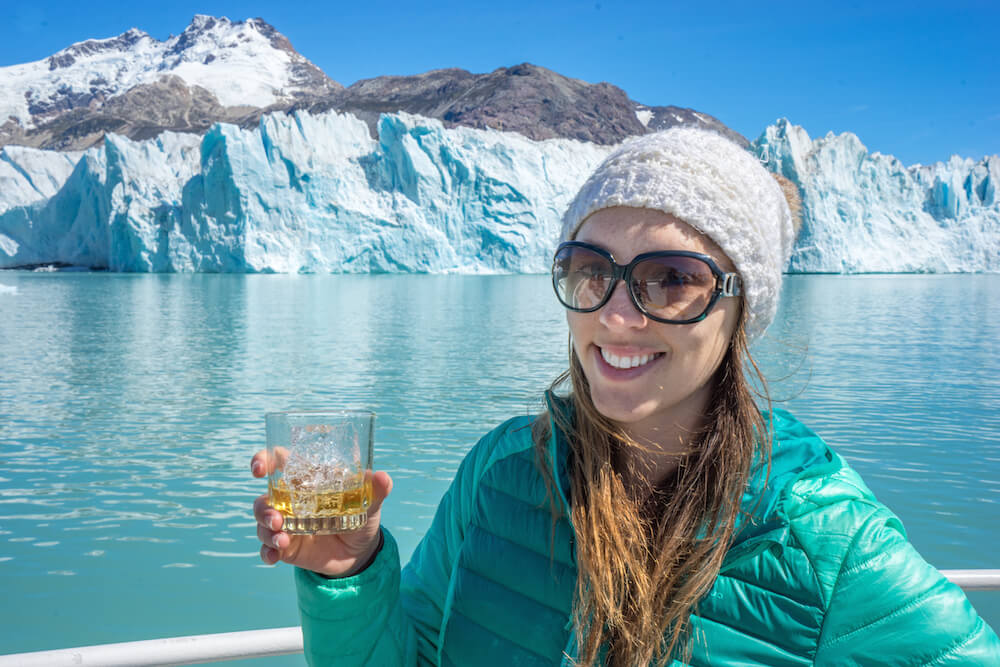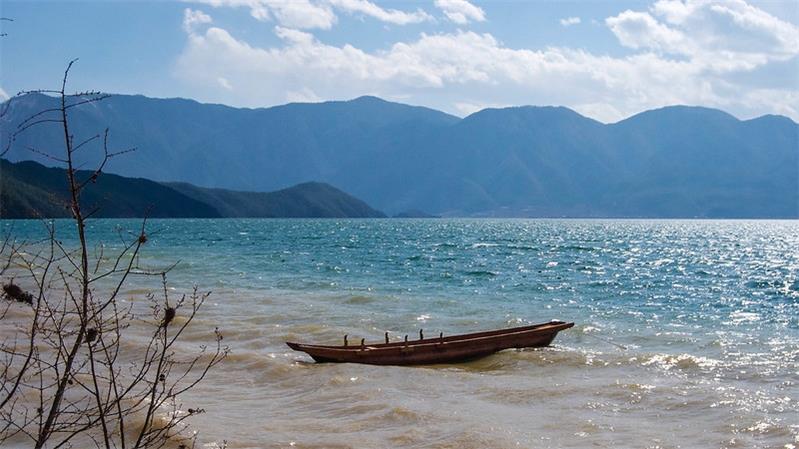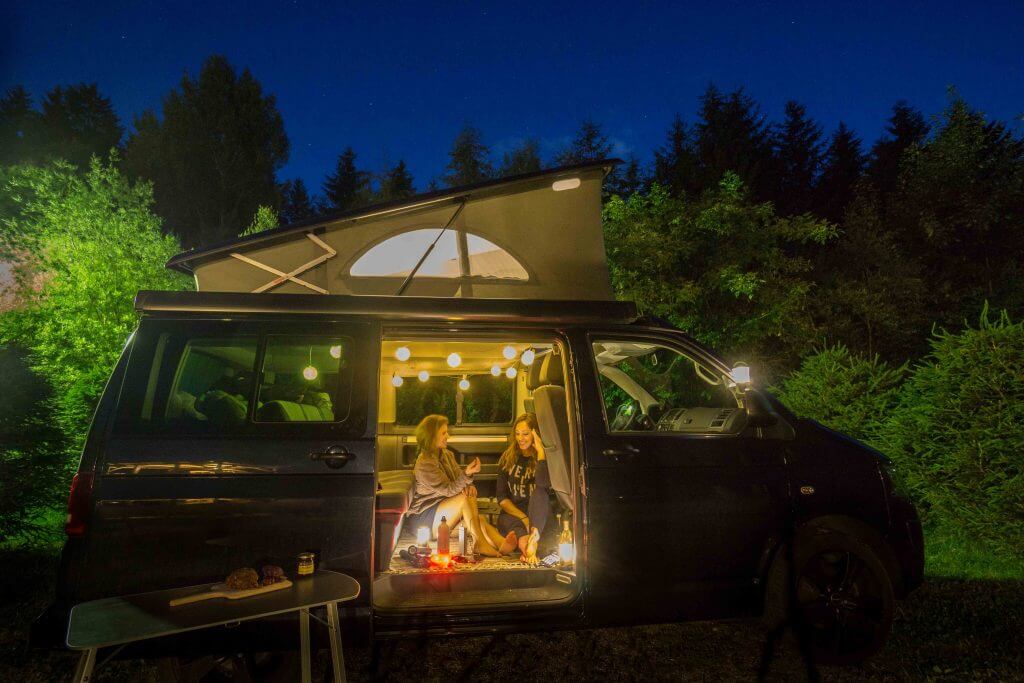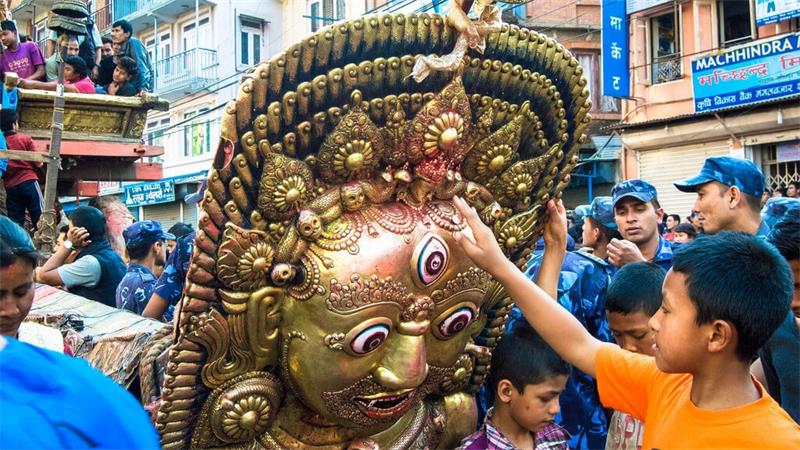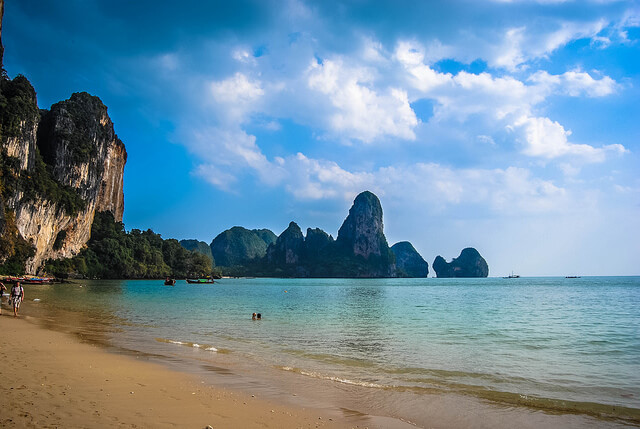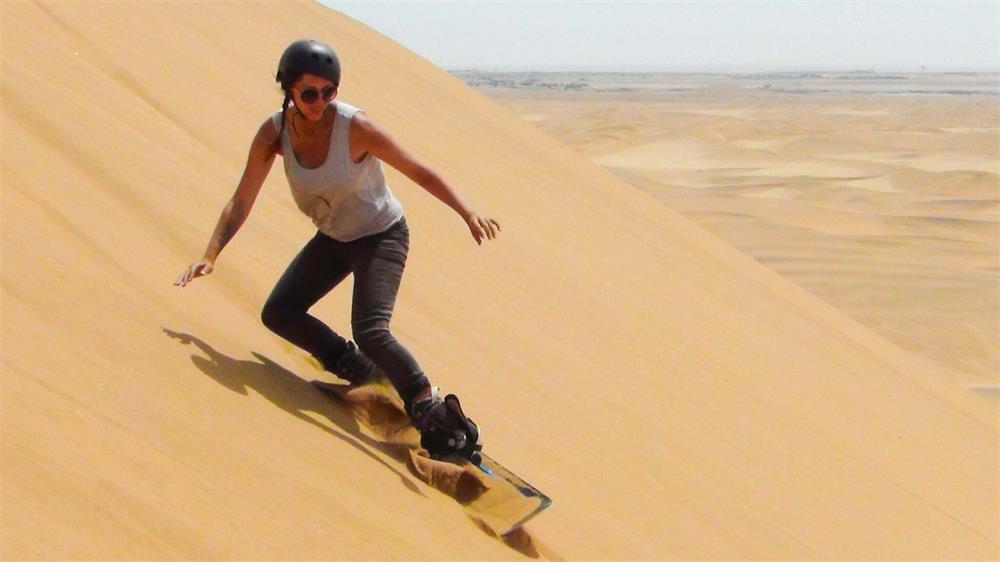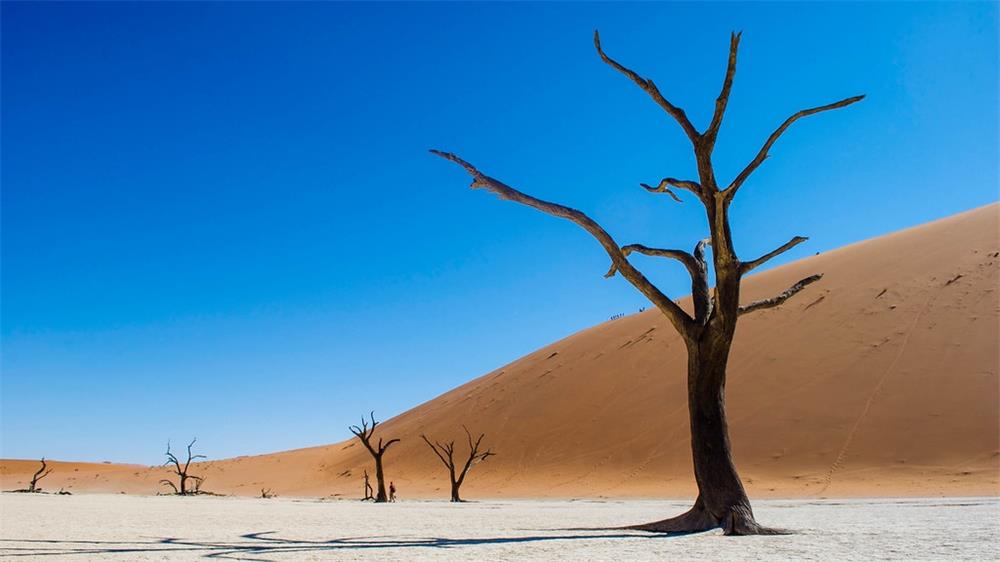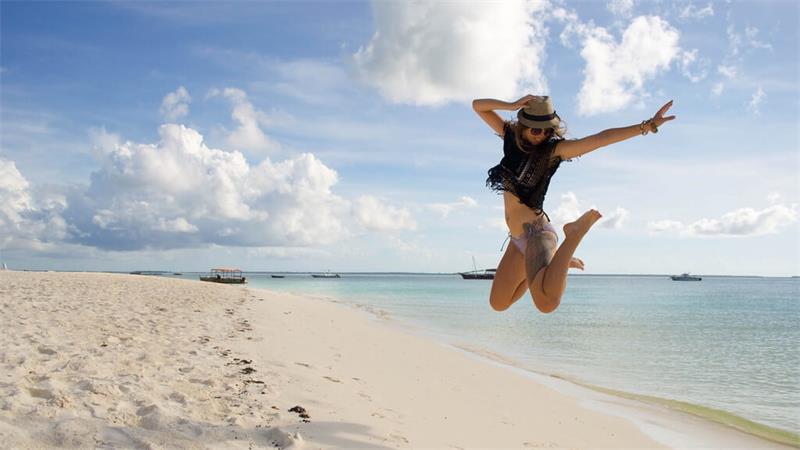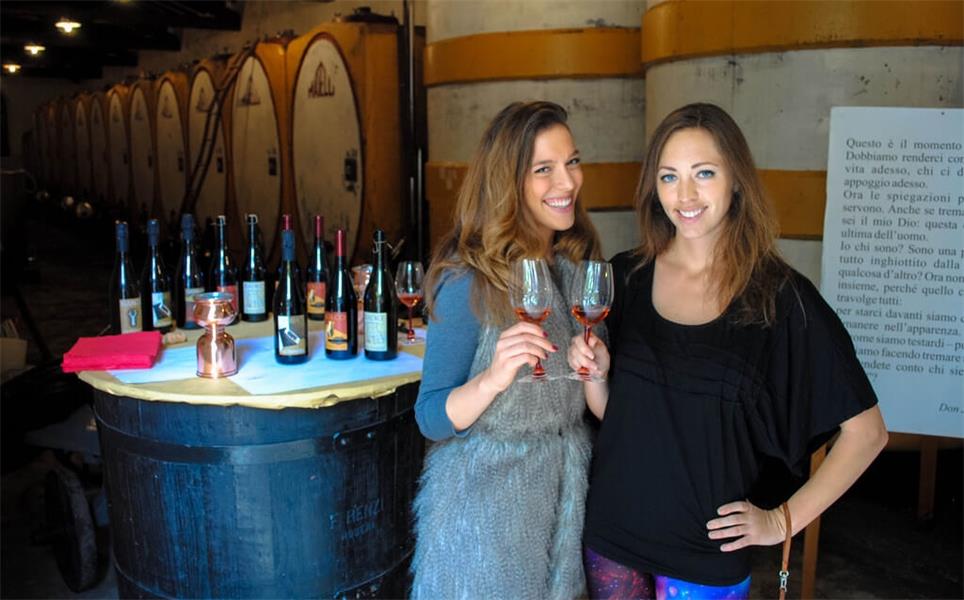
If hitchhiking has taught me anything, it’s that openly asking for aid from locals is one of the finest ways to get to know a region. You end up with so many touching anecdotes and insights into local culture that you would not have found otherwise.
Individuals from many walks of life and from various perspectives provide rides to others. In a nice rental that took me, I’ve had commuters, families, locals, and even a retired English couple on vacation. Everyone was courteous, helpful, and polite. It was OK because hitchhiking is popular in Patagonia and most of South America.
The Carretera Austral, in particular, is popular with hitchhikers since it is a rite of passage for young Chileans. Other options for getting around this lonely route include a bicycle, a bus that only runs once or twice a week, or his automobile.
The route is roughly 1200 kilometers (746 miles) long, with the majority of it being gravel. Because it has just been in operation for 28 years, linking portions of Chile that were previously only accessible by boat, the communities along the route are small.
Most people have heard of Argentina’s famed Ruta 40, which travels across Patagonia, but the true pleasure is along Ruta 7. Brush up on your Spanish; you’ll need it as we traverse the Carretera Austral, one of South America’s most desolate highways that travels to the middle of nowhere.
The route and the rides
I attempted to predict who may stop. I listened to my energy and attempted to read people like a guru, but after many trial and error (primarily blunders), I came to one obvious fact: no matter how the car seems, you never know who will and will not stop. Prediction is impossible, so keep trying.
Some days were long and arduous, and the pain of rejection left me unhappy; on other days, the experience and subsequent tale were so amazing that I couldn’t stop myself from crying. Hitchhiking is, without a doubt, an adventure inside a trip.
Chaiten at La Junta
12 hours and 144 kilometers
That was the first and also the longest day of the tour, lasting around 8 hours. There was proof that it’s sometimes best to take a lap to the destination from the start rather than take everything heading in your way, even if it stops before you do.
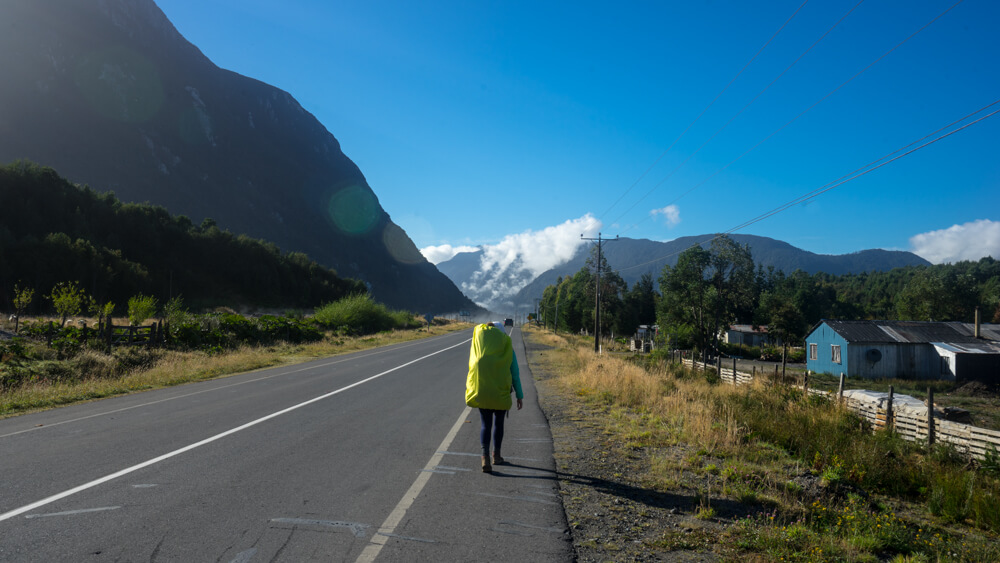
The Board at Puyuhuapi
8 hours and 44.7 kilometers
I couldn’t believe a 10 wheeler truck stopped to pick us up after a day of hitchhiking in the rain. I ended up by the side of the road with a dozen other folks who were sharing a bottle of wine. Amazing.
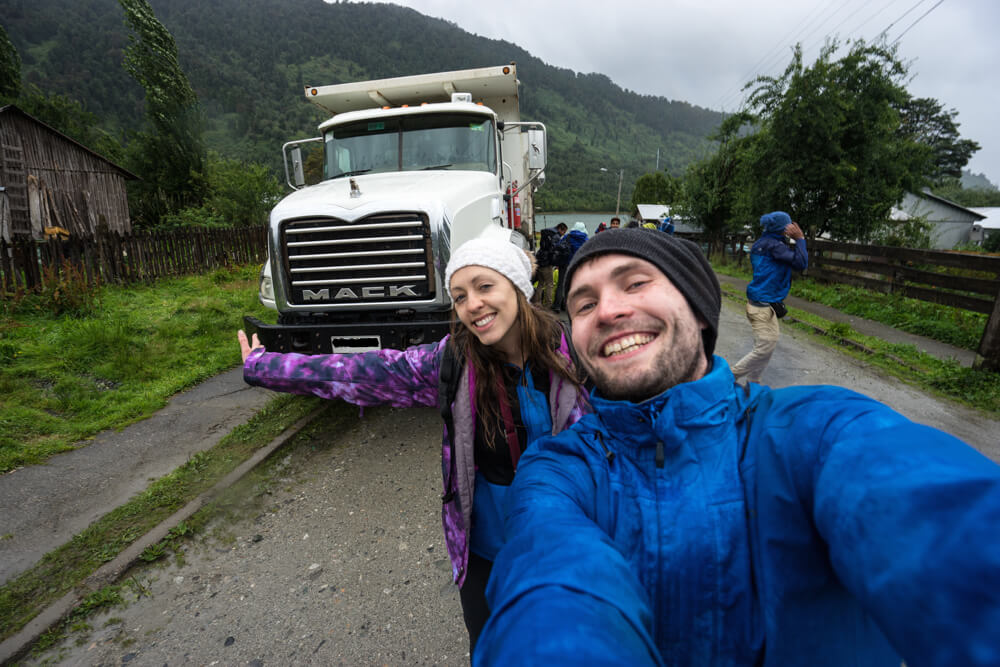
Puyuhuapi to Coyhaique
7 hours and 233 kilometers
It was one of those days where we had to drive a long distance, but we made it and had a good time. It had been pouring most of the day, so getting wet was inevitable. A few individuals who were walking down the road in front of Steve and me were picked up, and I was almost boiling, but it may have worked out better in the end.

The first voyage was with Santiago’s family, following his father’s adventure when he was 18 years old. The second was two guys in a van full of motorbikes and bikes. We attempted to adjust, but there simply wasn’t enough room, and after an hour of bike components giving me pain every time we rode over a bump, which was frequently on gravel, I had to pull over.
After approximately two hours of standing in the pouring rain at the Enchanted Forest (bosque encantado) park gate, a young couple from Santiago stepped out and inquired, “Are you the first in line?” There were no other hitchhikers, so we answered sure, and he said, “Well come on!”
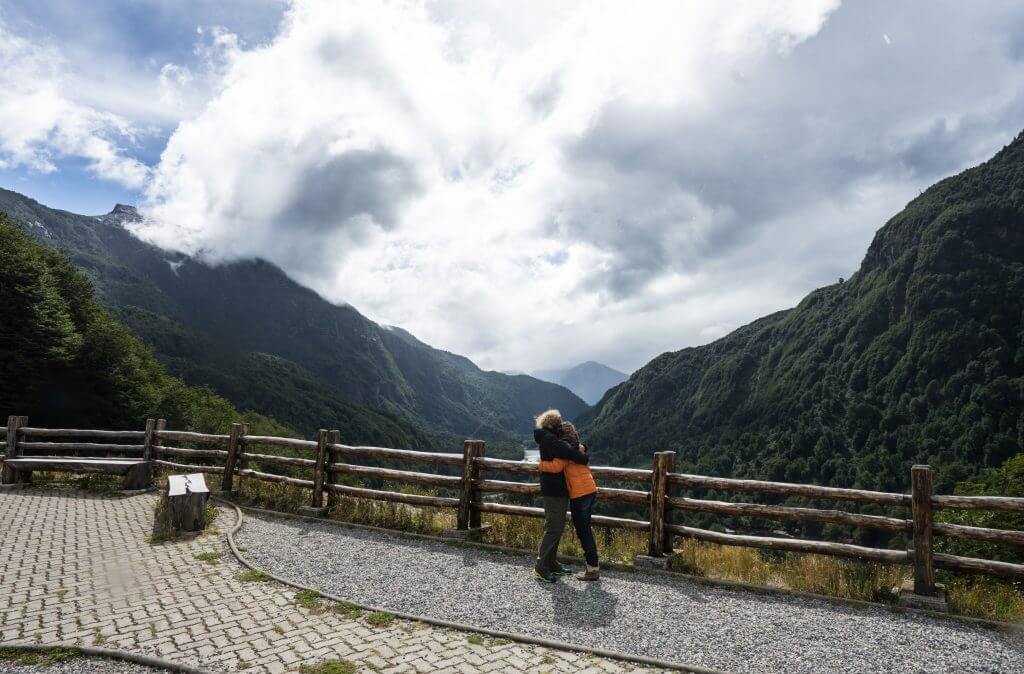
This trip in the back of the van was breathtaking, with breathtaking vistas in every direction. I really enjoyed the roadside companionship, greeting other hitchhikers, bikers, and motorcyclists as we passed.
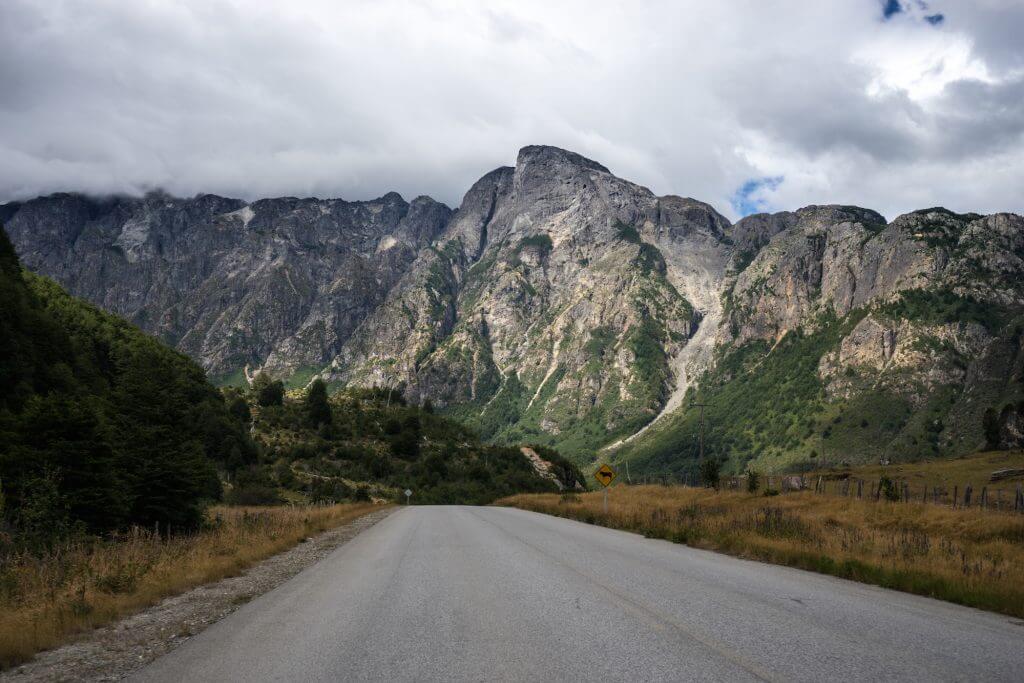
Coyhaique to Villa Cerro Castillo
96 kilometers, 2.5 hours
That was a swift pickup with only a 5-minute wait. I wasn’t sure what to think of the driver at first, but he turned out to be a wonderfully pleasant native who was constructing a hostel nearby. After all, he did stop for photographs a few times, and I thoroughly enjoyed the ride.
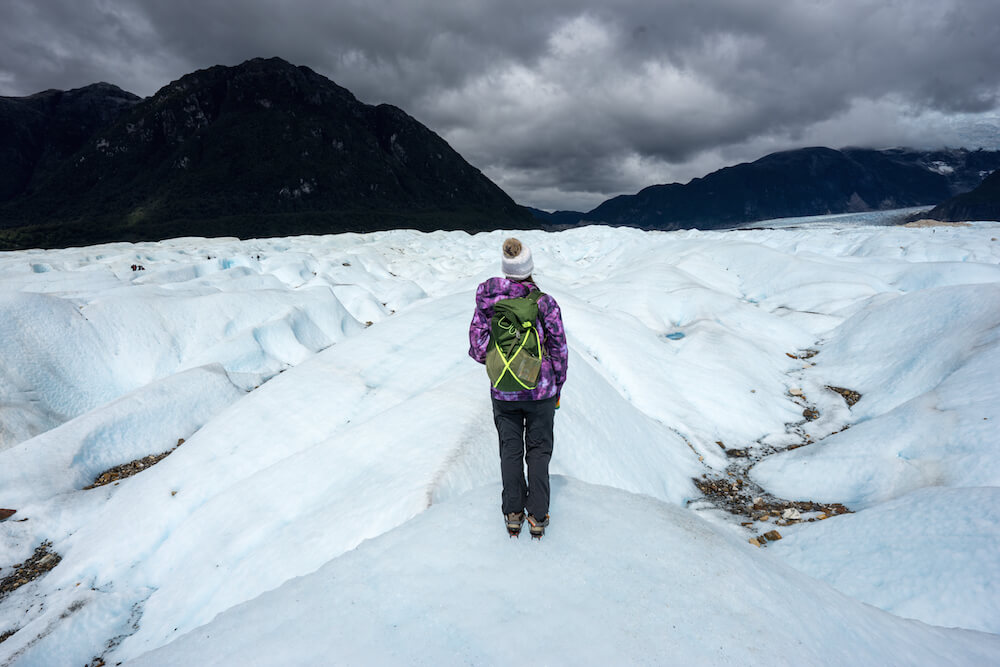
Villa Cerro Castillo to Puerto Rio Tranquilo
6 hours and 126 kilometers
We took it easy that morning after the long climb the night before, and we didn’t realize the road was closed for work until we overheard someone on the phone at a table farther down. We thought we just had about an hour to try our luck.
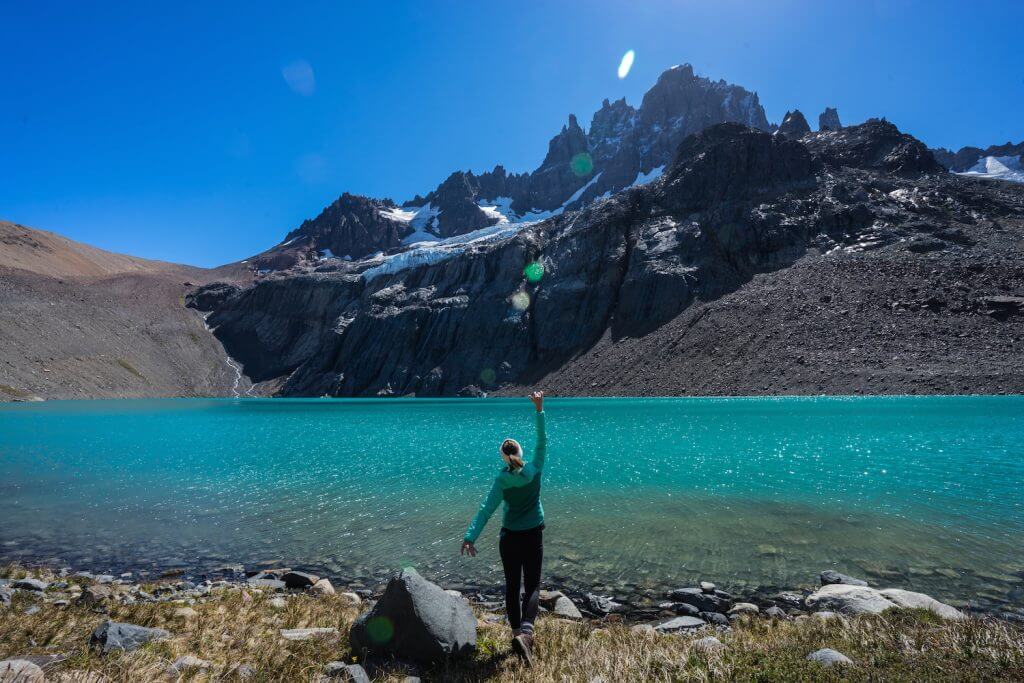
Within about 15 minutes, we were contacted by a couple who had spotted us dining at a local restaurant and asked if we needed a ride. They’d arrived from England via Coyhaique that morning, rented a car, and were headed south.
They were pensioners on vacation who wanted to take photographs frequently. That was the best-case situation for Steve and myself, who travelled in style, stopping frequently to shoot photographs as hitchhikers. Steve even has a small piece of his drone. It was an excellent way to bring the lucky streak to an end.
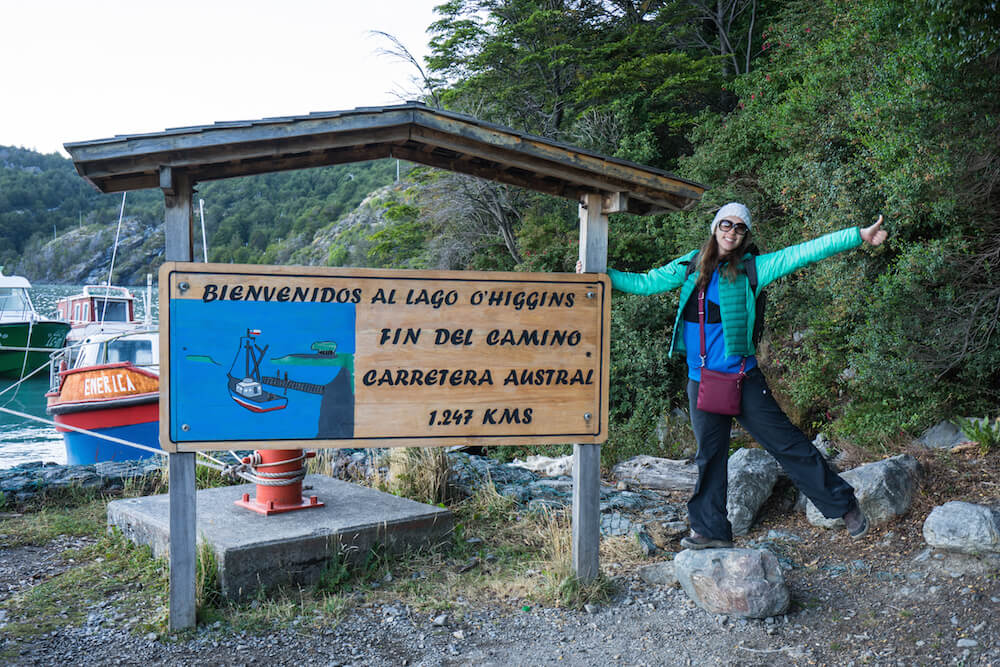
Onward to Argentina
365 kilometers, multiple days
A few days later, we sat outside Pto Rio Tranquilo for 8 hours, and only one car passed, too full to carry any more people.
We witnessed a couple officers pull over a car traveling the other way with hitchhikers in the back and ticket them. That was also an unlucky omen.
” Do you know what I mean? I suppose I’m finally ready to take the bus. “We’ve gone a long distance, and we still have more hiking to do,” Steve explained.
Part of me wished we had ended it the way we did. I hate to stop or give up, but I also wanted to start hiking, and we had so many excellent experiences that it would be a wonderful memory.
It was decided. From there, we boarded two hour-long buses, a ferry, and a 22-kilometer hike in Argentina.
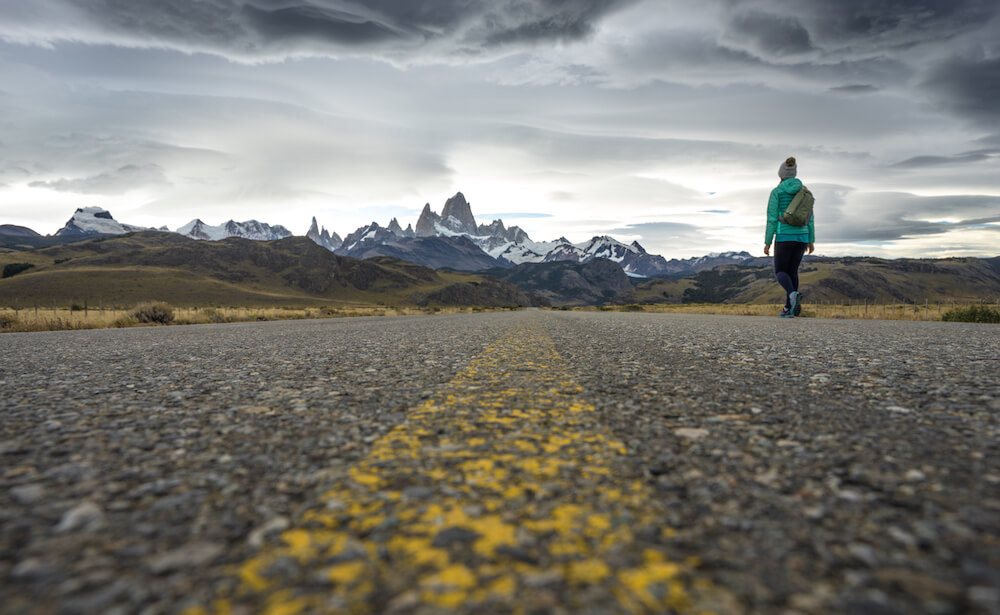
Factors that raise the chances
- Getting out of town: It’s rare that you’ll get picked up in the midst of town. Go to the edge of it or to a big crossroads to ensure that everybody who comes your way is leaving.
- Appear like the type of person you’d like to hit on: It’s remarkable how many individuals hitchhike in a dark hoodie or don’t smile or attempt to appear nice. I wouldn’t accept someone whose entire face I couldn’t see.
- Split: The easiest is someone alone, followed by a couple. The greater your group, the more difficult it is to find a ride. You must be fortunate to find someone who has room for five, or even three.
- Smile: Some individuals beg, others don’t appear to care, and the final group is the joyful hitchhikers. I belong to the latter group. I have a wide smile, and I occasionally dance and be crazy. They will stop if you make them laugh.
- It’s better to hitchhike without competition, so find out when it may be, but don’t hitchhike so early that no one is up or on the road yet.
- Take a pause and eat if necessary before hitchhiking. It’s exhausting to stand for hours and be refused.
- Make new friends: You will encounter the same hitchhikers on your travels.
Label
In general, there is just one rule: Dude, walk behind other individuals who have been hitchhiking for a longer period of time, give them a big distance, perhaps 50 meters or such. This does not guarantee that they will be taken care of first, but it does offer them an advantage. Let them to have it. That is exactly what you should do.
Yet, since I believe I can be honest with you, there were a few moments throughout my two weeks of hitchhiking when I truly wanted to breach this rule when I witnessed others cutting to avoid being caught first.
Please continue to love me.
Fortunately, Steve was insistent about not playing dirty, and in the end, he was correct, and it worked out for us a couple times. Gryffindor gets three points!
As is frequently the case with hitchhiking, the journey was exhilarating, moving, and surprising in so many ways. If you’re trying to decide between Ruta 7 and Ruta 40, the Carretera Austral is currently a better alternative.

